Whether you like eating cucumbers fresh or pickling them in your own canned products, cucumbers are one of the most satisfying edible plants to grow in vegetable gardens. But if you love growing cucumbers, there are a number of ways that you can boost your cucumber harvest and grow healthier plants too. Companion planting is one such method that’s perfect for organic gardens, and it can increase your harvest, keep pests away, and much more.
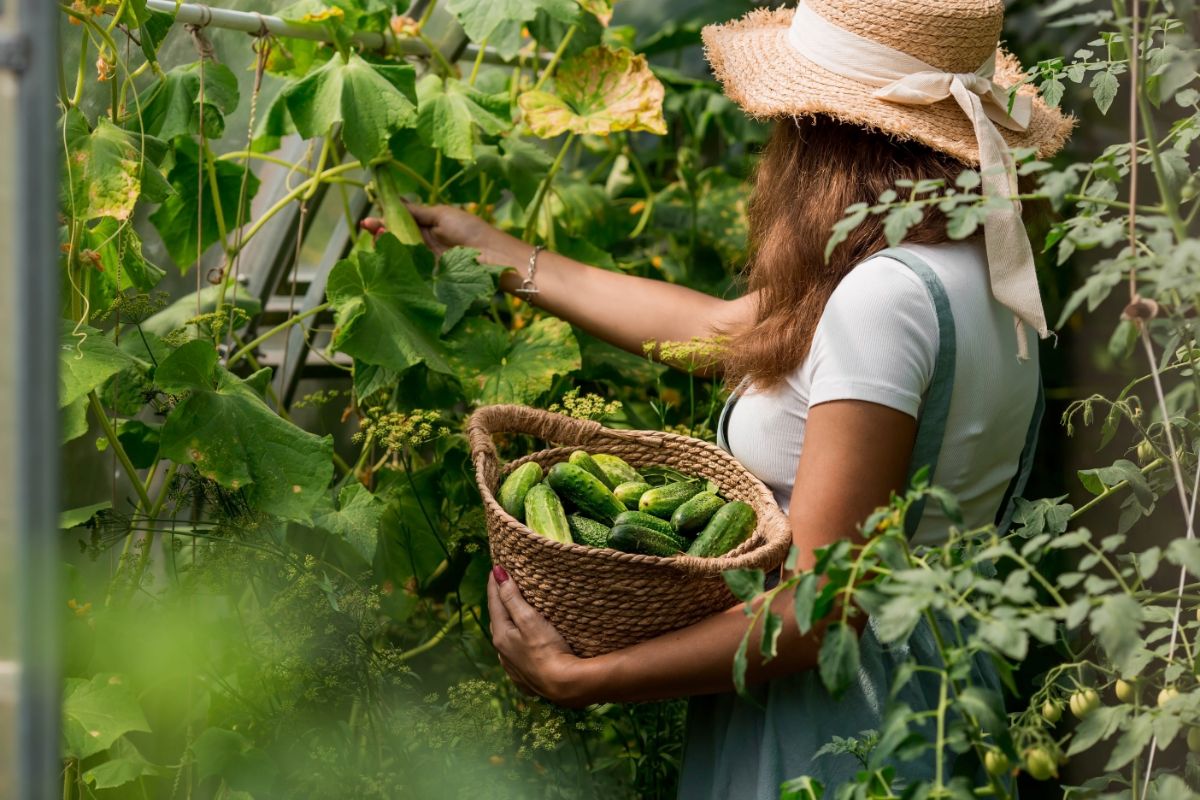
In this guide, you’ll find the best companion plants for cucumbers. Some of these plants excel at repelling pests, while others can keep weeds down, improve the pollination rate of cucumbers and provide natural support for climbing vines. Read on to discover the joys of companion planting with cucumbers!
Jump to:
15 best companion plants for cucumbers
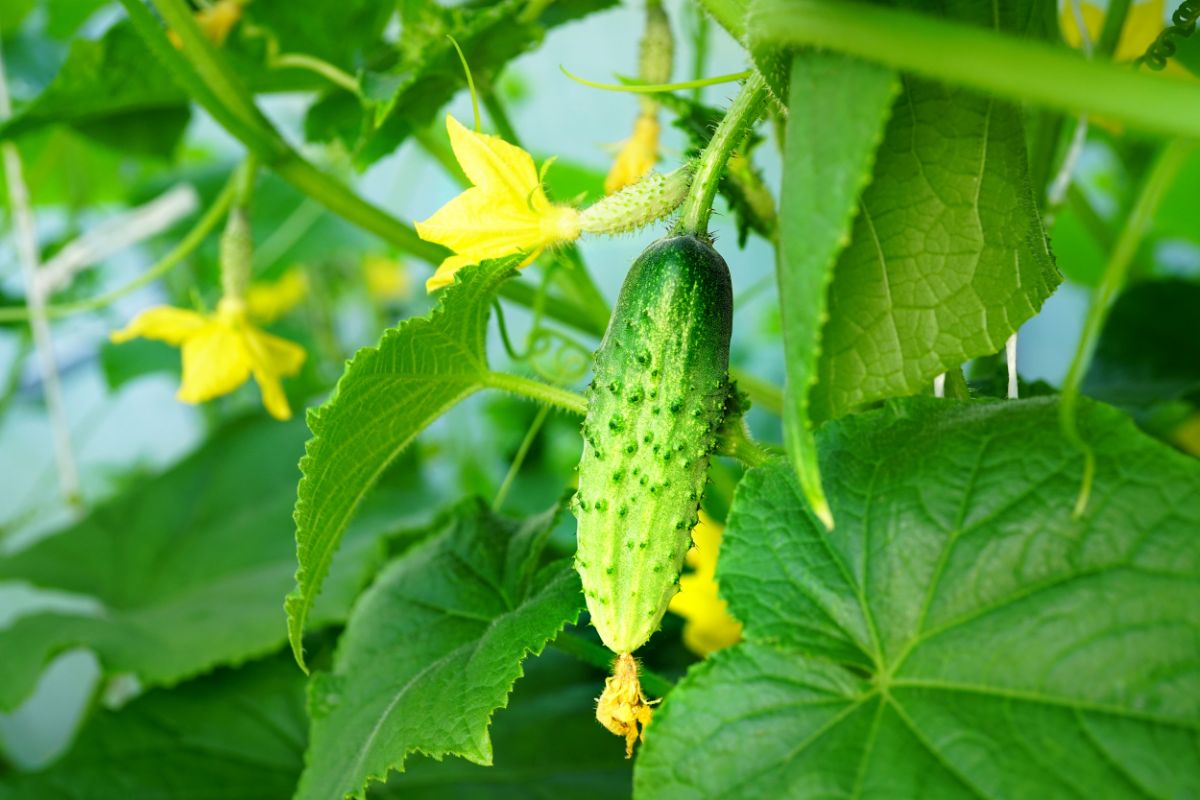
Flowers, herbs, and vegetables can all be good companions for cucumbers. The secret is finding plants that enjoy the same growing conditions as cucumbers, and if those plants happen to offer other benefits to cucumbers, that’s even better! Below are some of the best companions for cucumbers, as well as some details about what makes each plant type stand out.
1. Beans and peas
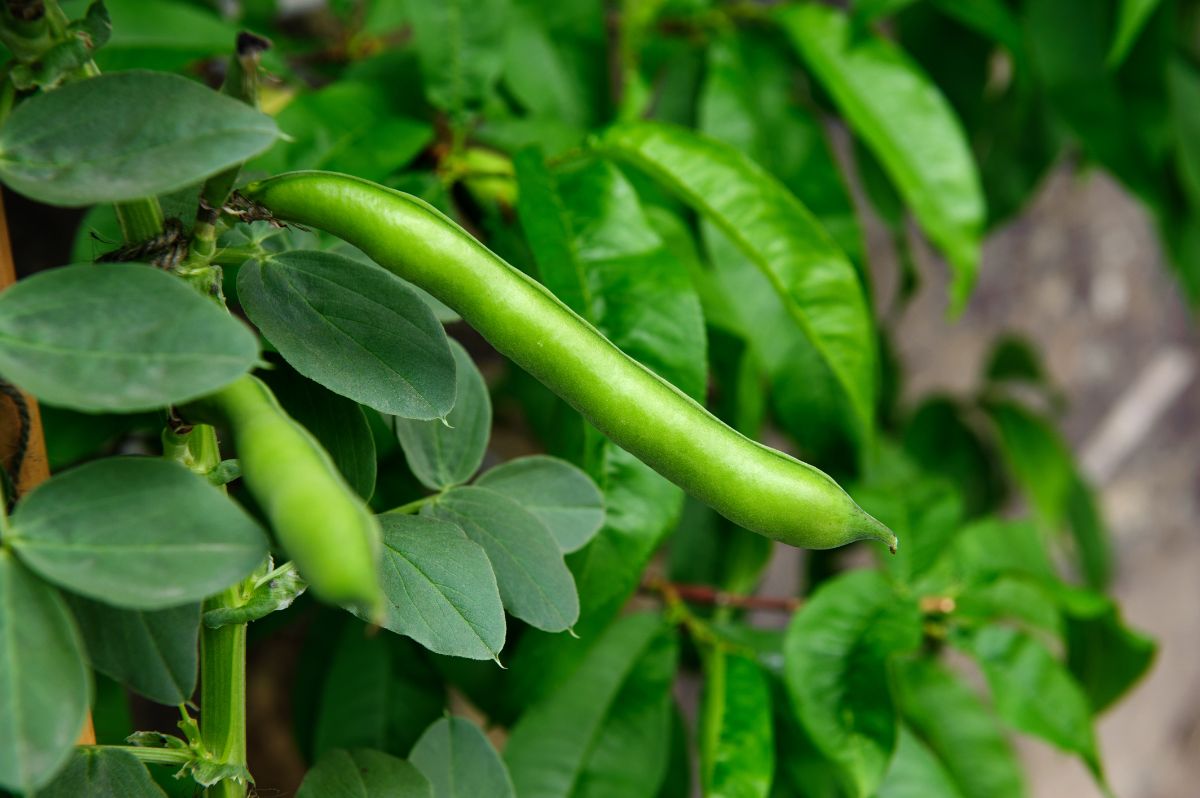
Beans, peas, and other legumes are one of the best companions for cucumbers for several reasons. First, legumes are well known for their ability to fix nitrogen into the soil, and growing them in your garden can enrich the earth around cucumber plants and support the growth of your vines. Additionally, pole beans and peas are climbing plants, and they can take advantage of any trellis that you install for vining cucumbers, which is a smart way to get more use out of trellising!
Depending on how you’d like to arrange your garden, you can opt to grow peas in the spring when the weather is cool and then plant cucumbers in the same area later in spring. Or you can plant seeds in succession and have pole beans and cucumbers growing at the same time. Alternatively, you can use legume varieties like field peas as a cover crop at the end of the season and till the foliage into the ground in spring to prepare cucumber beds for spring planting.
2. Corn
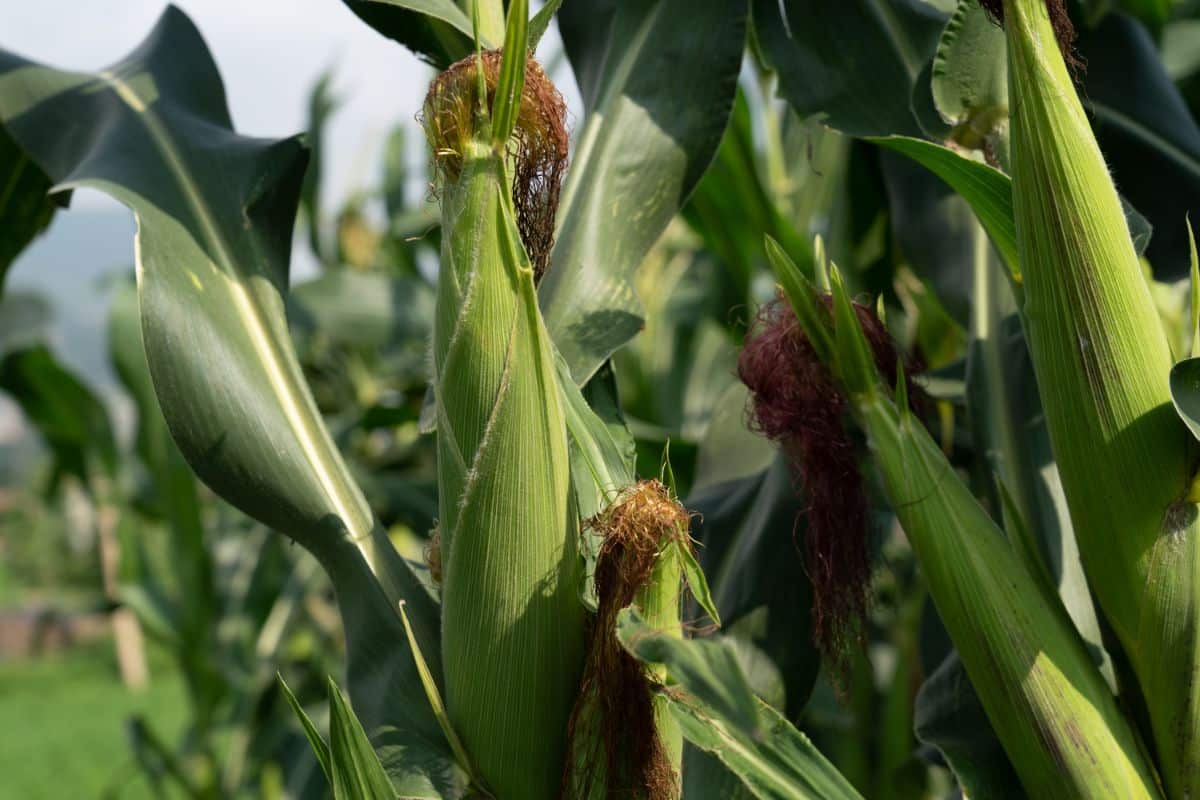
Because corn is a heavy-feeding plant, it isn’t an obvious choice as a companion for cucumbers. However, corn and cucumbers can grow beautifully together, and these plants offer certain benefits to each other. Specifically, tall cornstalks can provide shade to cucumber plants, and cucumber vines can also use corn as a natural trellis.
If you’d like to use cornstalks for trellising cucumbers, you’ll have better luck if you select cucumber varieties that produce smaller fruit. Pickling cucumbers, for example, generally stay smaller than slicing cucumbers and will be easier for cornstalks to support. You can also try growing oddball cucumber varieties, like cucamelons, which have pint-sized vines that won’t add much weight to cornstalks.
3. Marigolds
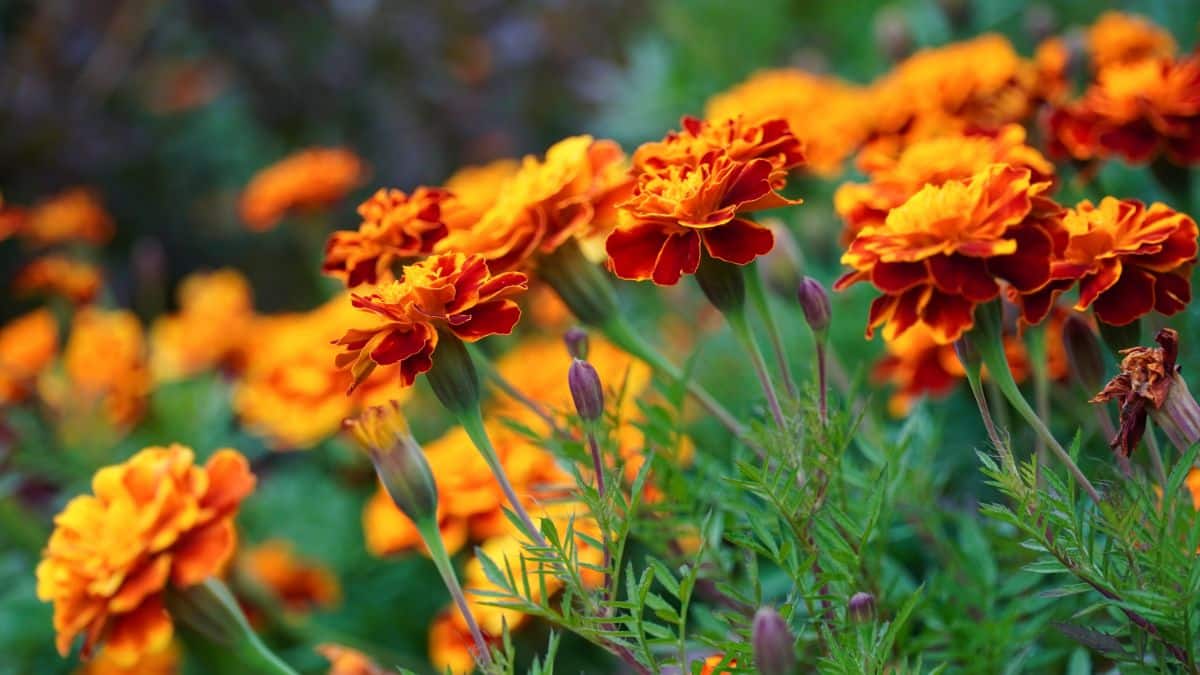
Marigolds are commonly kept as companion plants in vegetable gardens because they can repel an assortment of pests. Some gardeners assert that marigolds will repel rabbits from garden beds, although this does need to be studied more. What is certain is that marigolds can keep the populations of nematodes in check, and they also attract ladybugs and lacewings to the garden.
Ladybugs and lacewings are some of the best predatory insects you can find, and they will feed on aphids and other pests. So, if you want to protect your cucumber vines, grow some marigolds nearby. Beyond pest protection, marigolds’ bright orange, yellow and red flowers will also draw the eye and add color to your vegetable garden too!
4. Radishes
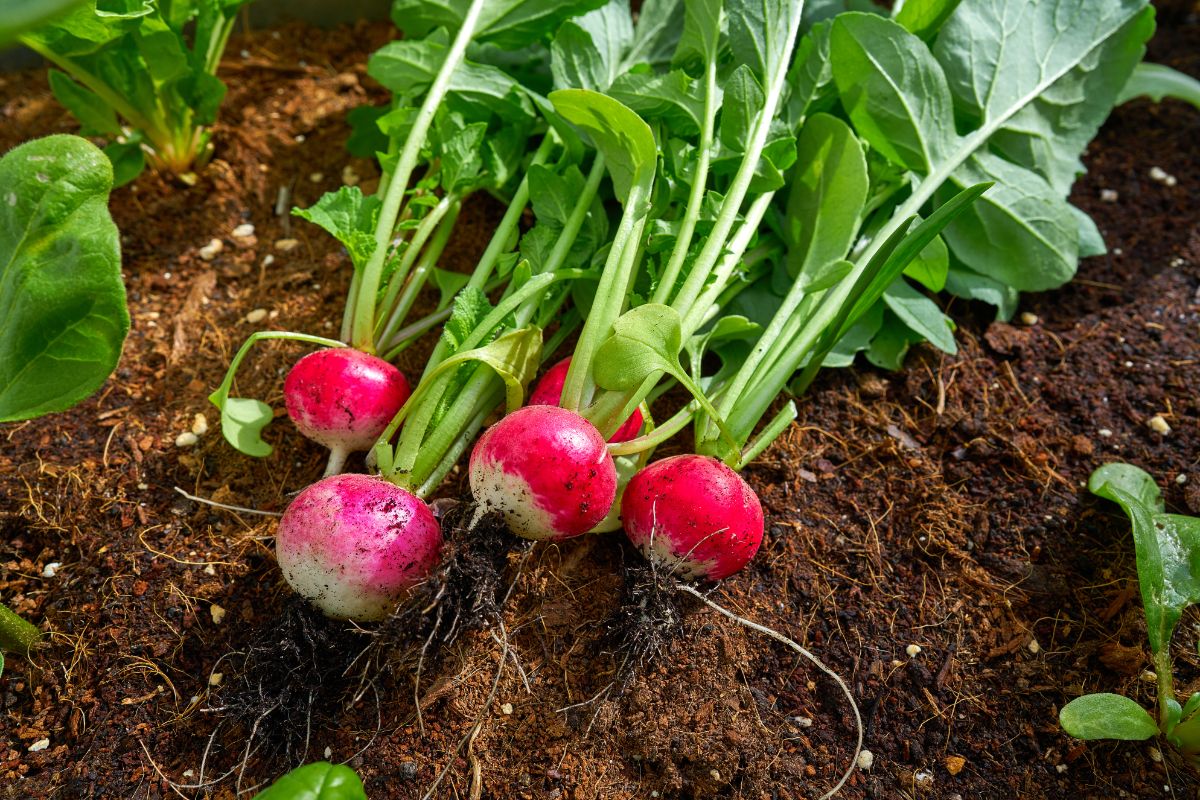
Cucumbers are usually harvested in mid-to-late summer, but if you want to get more produce out of your garden earlier in the growing season, you’ll want to consider succession planting. Because they grow so quickly, radishes are some of the best plants to grow for successive harvests, and you can get a harvest or two of radishes in before your cucumbers ripen. What’s more, radishes are compact and low-growing, and they will easily fit in small garden spaces, even when planted under established cucumber vines!
Planting radishes with cucumbers works best with vining cucumber varieties, as these cucumbers use up less soil space and are often trained to grow vertically. But if you prefer growing bush-type cucumbers, they will also work with radishes. Beyond their short growing season, radishes are also useful for crop protection, and they can serve as “trap crops” for flea beetles and other nuisance insects.
5. Oregano
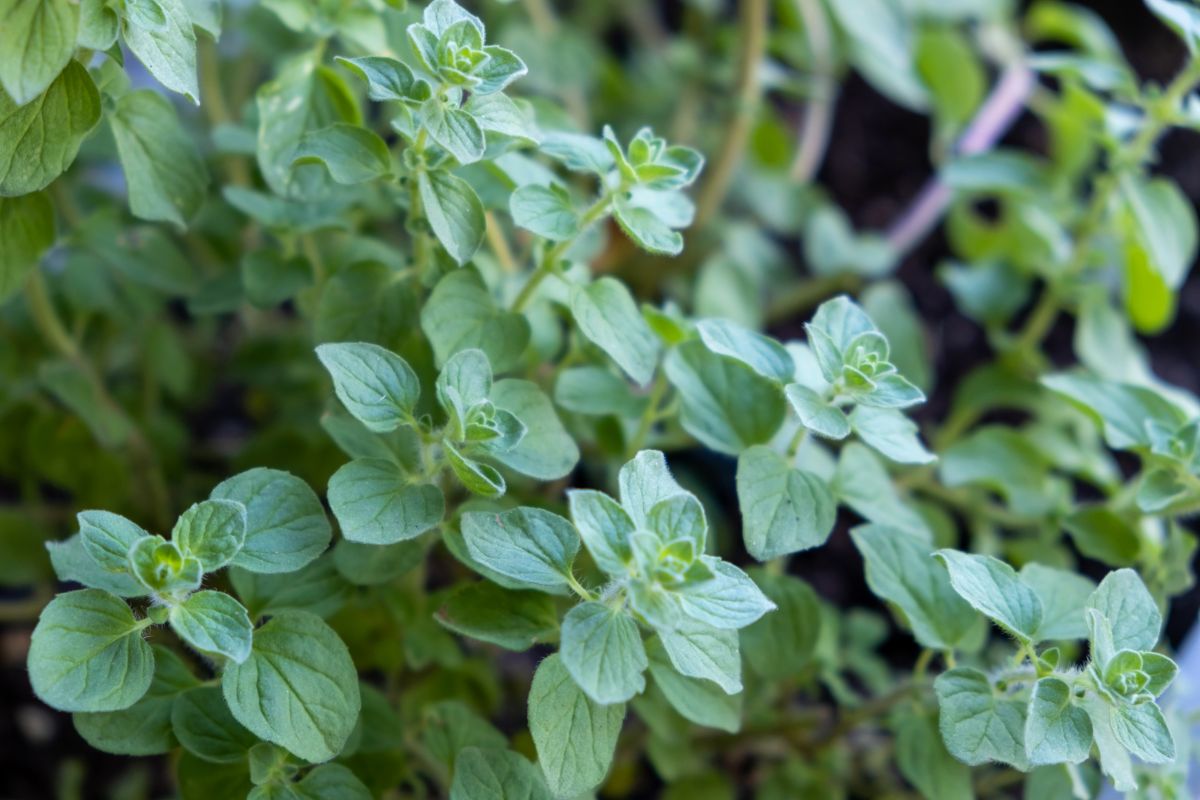
When it comes to natural pest protection, strongly scented herbs are some of the best plants you can keep… and oregano is no exception. Oregano can repel a wide variety of pests, which is why it is often interplanted in vegetable gardens. Plus, oregano is a no-nonsense plant that needs minimal care once it’s established, so if you want to keep a low-maintenance garden, oregano can be a good plant to grow.
Although most people associate dill with pickles, if you grow oregano in your cucumber patch, you can also combine these two ingredients to make homemade oregano pickles. Oregano and cucumbers also pair beautifully together in a number of different fresh garden salads. Not to mention, when oregano flowers, it will attract beneficial insects to your garden that can help pollinate your cucumber flowers too.
6. Alliums
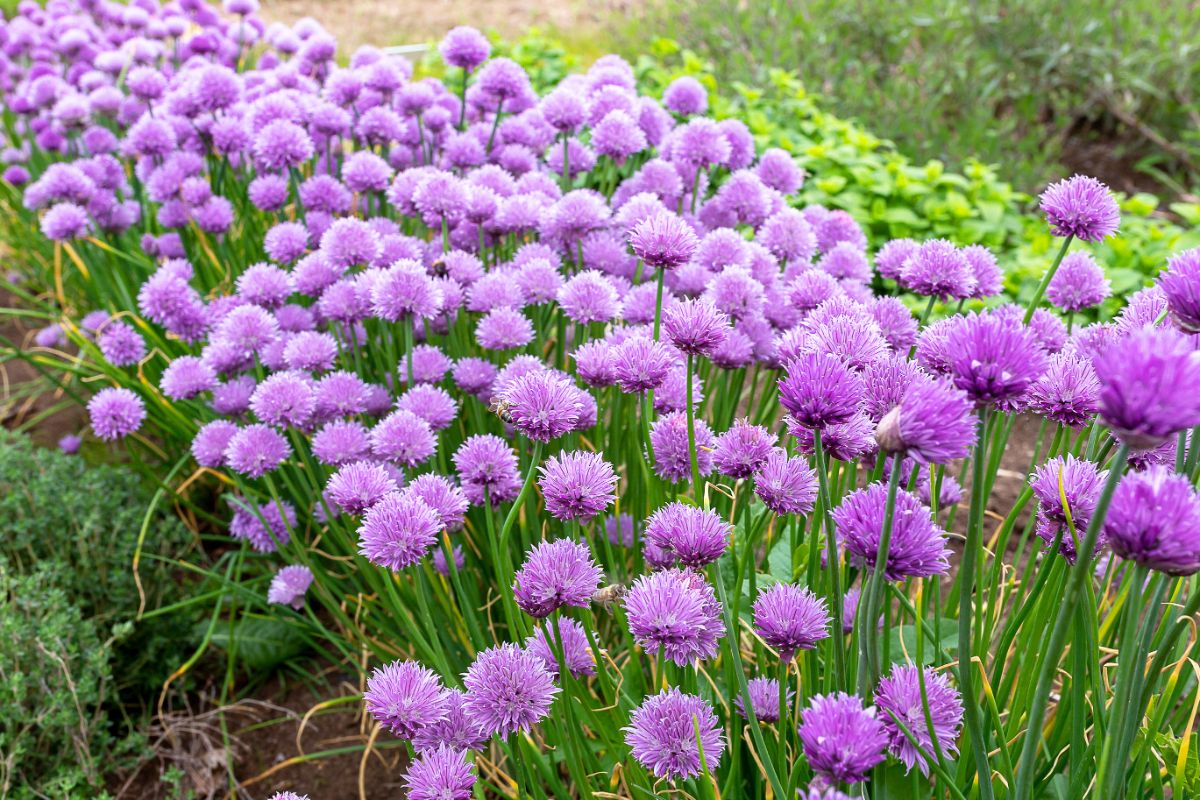
Alliums, like garlic, chives, onions, shallots, and leeks, are famous for their strong fragrance, which results from the large quantities of sulfur these plants contain. But while we may think of alliums mostly as a flavoring agent in recipes, alliums are also ideal for pest protection, and they can keep many different pests away from your cucumbers. Aphids and Japanese beetles, in particular, shy away from plants grown near alliums, but deer, rabbits, and cabbage loopers are also repulsed by the aroma of alliums.
Beyond keeping pests away from your cucumber patch, alliums make a great cucumber companion plant for other reasons as well. First, alliums are low-growing plants, and they won’t compete with cucumbers for space or block the light from reaching cucumber vines. Garlic and onions are also often used in pickling recipes, so it makes a lot of sense to grow them if you want to use your cucumbers for pickling!
7. Beets
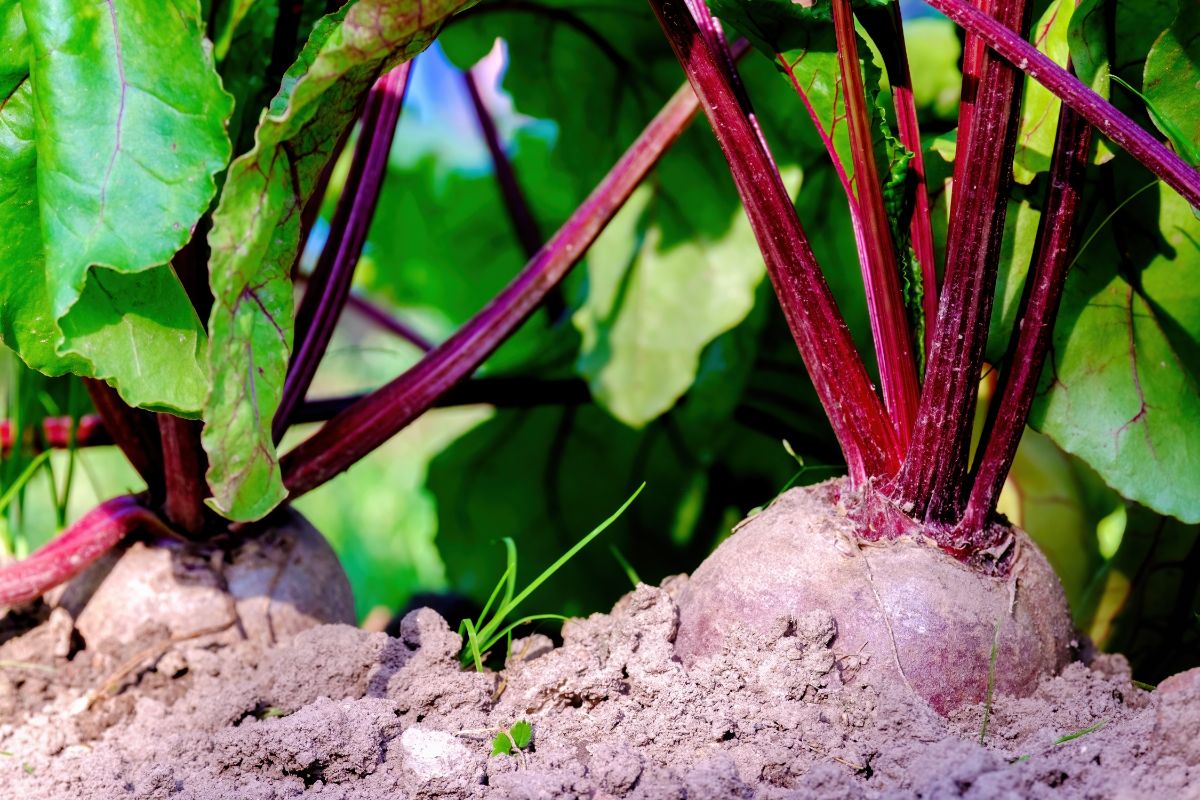
Like radishes, beets are fast-growing plants, and they can be planted in succession with cucumbers to make the most out of your garden space. In spring gardens, cold hardy beets are some of the first plants that you can sow, and some early beets can be harvested in as little as 55 days. That means that you may be able to plant and harvest beets in early spring and then clear that garden space for a second planting of cucumbers!
Beets can also be grown at the same time as cucumbers, and they can be slipped into the soil at the base of vining cucumbers. As with onions, beets stay low to the ground, and they won’t compete with cucumbers for growing space. Beets and cucumbers also love lots of moisture, and beetroots can loosen up the garden soil around your cucumbers, adding air to garden beds and counteracting soil compaction.
8. Borage

Borage and cucumbers are another good companion plant pairing, largely because borage flowers are irresistible to pollinators. If you plant borage near cucumber vines, your cucumbers are more likely to be pollinated, which will produce a larger crop of cucumbers for fresh eating and pickling. Additionally, beneficial insects love borage blooms too, and when they arrive, these predatory insects will feast on a wide variety of garden pests.
Borage is often grown for its edible flowers that are a pretty periwinkle blue and make adorable salad toppers and garnishes. Borage leaves are also edible, and they can be mixed into salads or cut finely and used for garnishing as well. Interestingly, borage leaves taste a lot like cucumbers, and blending them together in recipes can be a fun way to experiment with flavors and textures!
9. Nasturtium
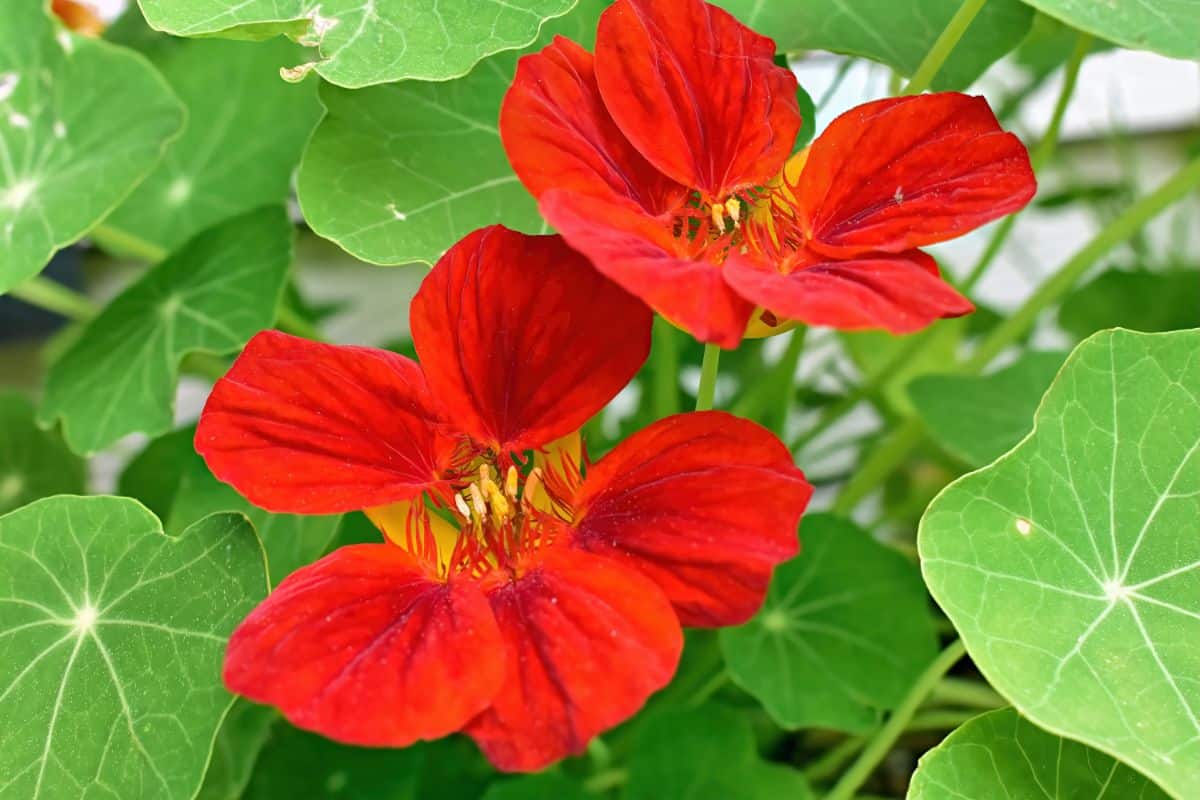
Like marigolds, nasturtiums are also frequently grown in gardens to keep pests away, and they can serve as “trap crops” for aphids and whiteflies. In addition to controlling pests, if you keep nasturtiums as a cucumber companion, you can also attract pollinators to your garden, which will help to increase the size of your cucumber harvest. Plus, nasturtiums are lovely to look at, and they will add color to veggie patches too!
If you grow cucumbers for pickling, there’s another reason why you may want to keep nasturtiums near your vines. After nasturtium flowers fade, they produce edible seeds that can be pickled just like capers. So, if you love pickling, nasturtium plants will give you even more tasty ingredients to work with!
10. Lettuce
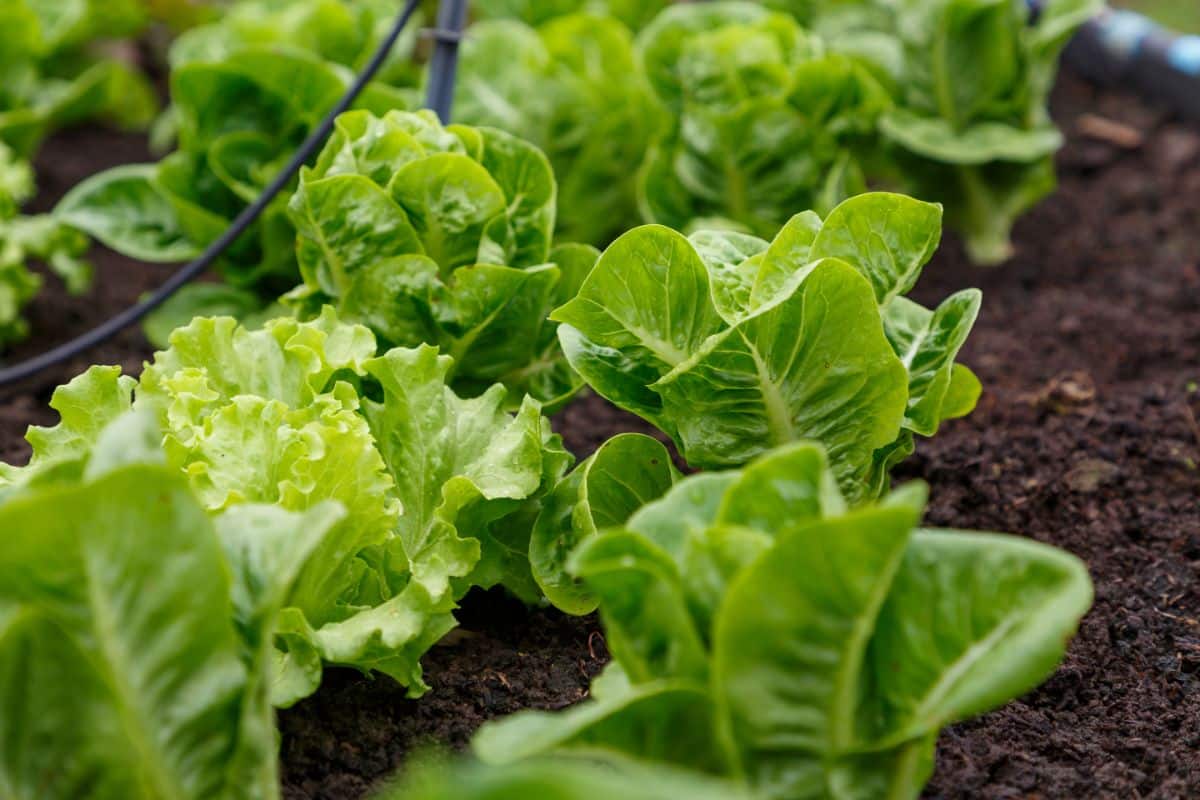
Lettuce is commonly kept as a companion plant for a wide range of vegetables because lettuce is not a competitive grower, and it also doesn’t take up a lot of space. If you keep climbing cucumbers, you can easily squeeze a few lettuce plants beneath your trellising system and grow even more fresh veggies in a limited growing space. Lettuce plants also grow exceptionally well in pots, so if you’re keeping cucumbers in a container garden, you can grow a few lettuce plants with them.
In summer, most lettuce varieties will quickly bolt when the temperatures begin to rise, but you can often slow down this process by growing lettuce with cucumbers. Cucumber vines cast a lot of shade, which will help keep lettuce plants cool and slow down evaporation rates. In turn, this prevents lettuce from bolting as quickly, and it can extend your harvesting window by a few days or even weeks!
11. Dill
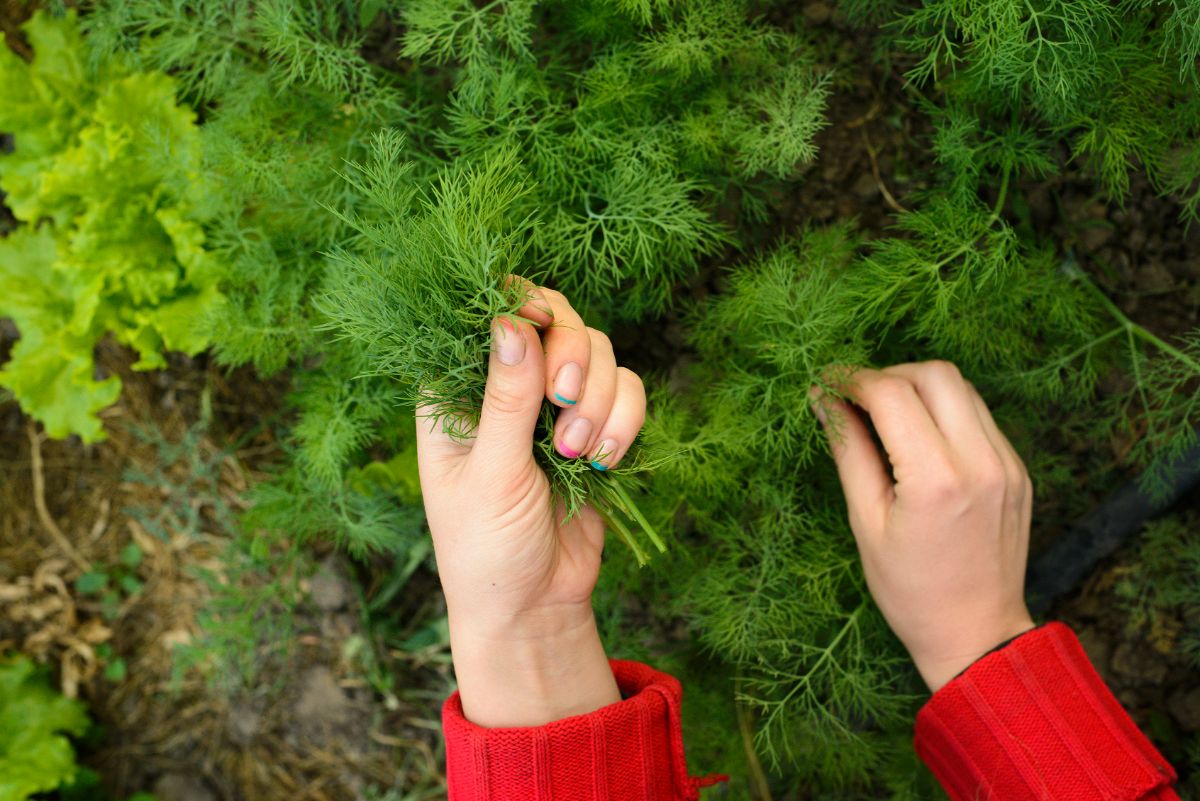
Cucumbers and dill are a match made in heaven, especially if you love canning homemade dill pickles. But dill is another great companion plant for cucumbers for other reasons as well. Most importantly, dill plants can attract predatory wasps and other beneficial insects to your cucumber vines, which will feed on a variety of cucumber pests and help to keep your cucumbers growing strong.
Most of the time, gardeners struggle to keep dill from bolting in the summer heat; however, if you want to get the most out of dill as a companion plant, you actually want it to bolt. When dill bolts, it flowers, and those flowers attract beneficial insects and pollinators to your garden. And, of course, dill is also an important plant for swallowtail butterfly caterpillars, so always plant a few more plants than you think you’ll need and leave some extras for hungry caterpillars to munch on.
12. Calendula
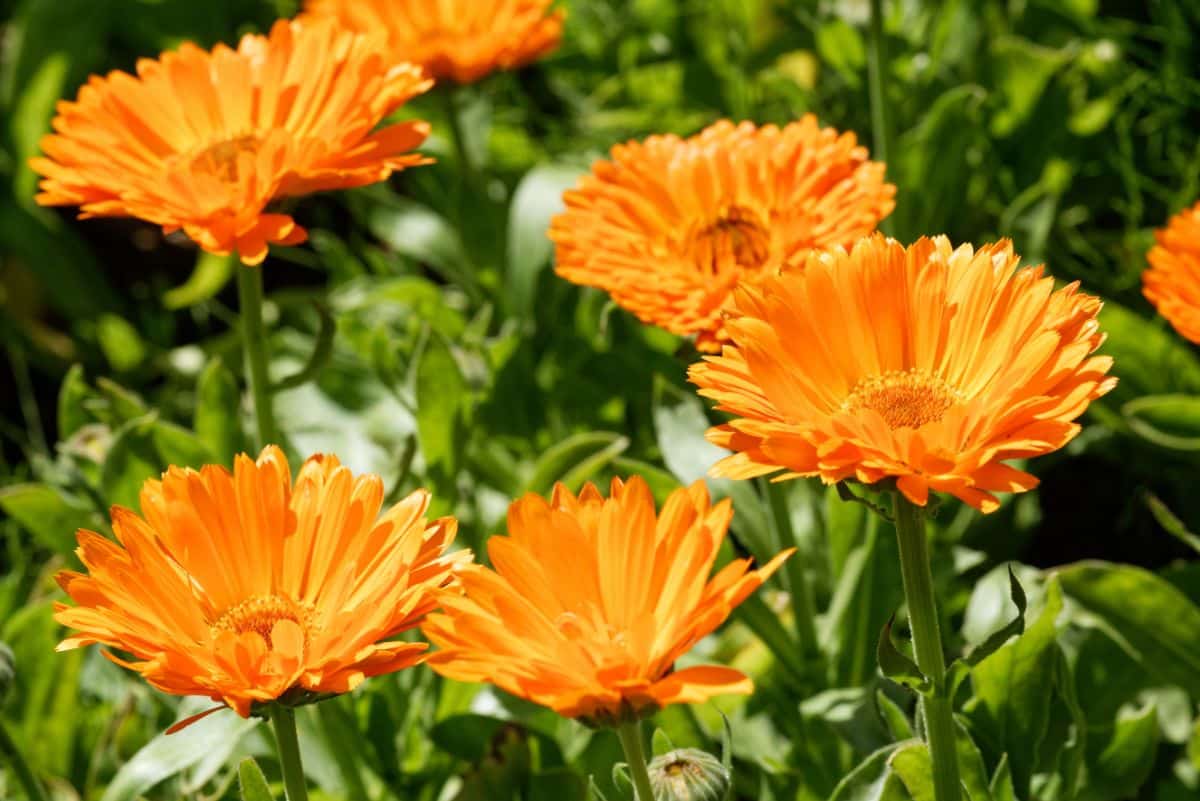
While calendula is sometimes called the “pot marigold,” these plants aren’t true marigolds, and they do have some different properties. But, when it comes to companion planting, calendula and marigolds offer many of the same benefits to cucumbers. Specifically, calendula will also attract pollinators and beneficial insects, including ladybugs and lacewings, which will gobble up an assortment of cucumber pests.
Calendula is often grown as a medicinal herb or ornamental plant, but there are other ways you can use calendula as well. Calendula also makes a stunning cut flower, and the blooms also press beautifully for use in preserved displays. And if you need more reasons to grow calendula, its flowers can also be turned into a homemade fabric dye!
13. Carrots
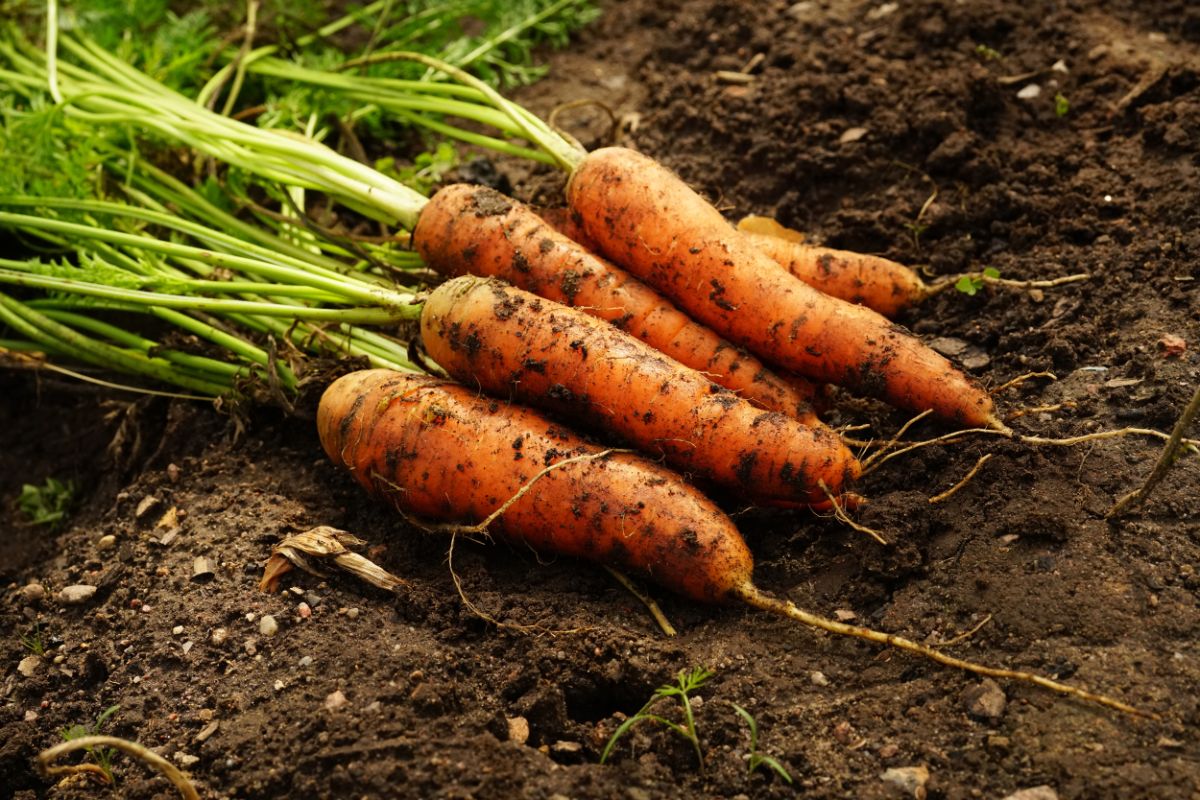
As with beets and radishes, carrots won’t take up much space when grown around the base of cucumber vines, and keeping these plants together is a smart way to maximize your garden harvest yield. Plus, carrots’ long tap root can also aerate the soil, and their feathery leaves won’t block the light from reaching cucumber vines. Carrots are also quite easy to grow, making them a no-fuss companion plant!
While carrots don’t provide a lot of major benefits to cucumbers, they also don’t hinder their growth at all. Additionally, if you love cooking at home, cucumbers and carrots work together in a wide range of dishes, and growing them in your garden can provide you with the freshest ingredients for your recipes. If you get tired of pickling cucumbers, carrots can be preserved with canning and pickling as well!
14. Sweet alyssum
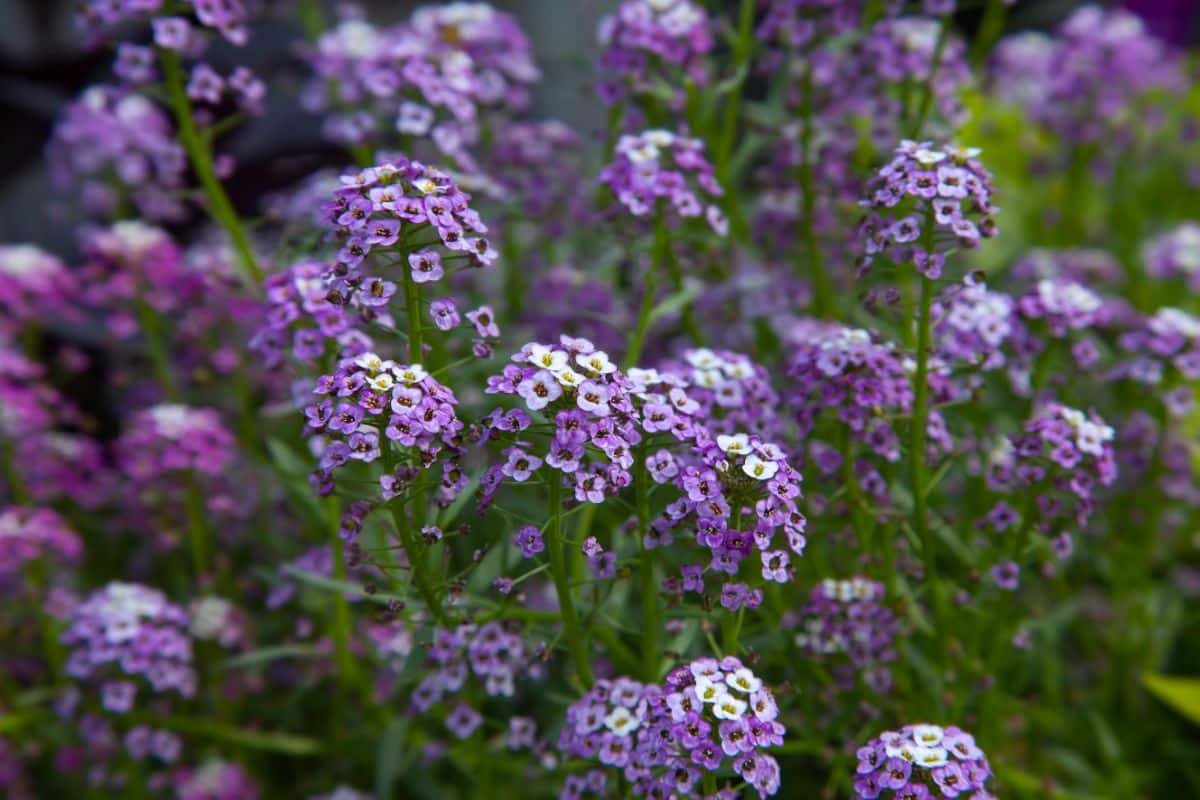
If you’ve ever struggled with cucumber vines that aren’t very productive, you were likely dealing with a pollination issue. Most cucumber varieties require insects for pollination, and without pollinators, cucumber vines will often drop their flowers and never fruit at all! That’s why it’s essential to attract pollinators to your garden if you want to grow cucumbers.
While many of the plants that we’ve already covered are great for pollinators, sweet alyssum is another top pollinator plant that can be used to draw bees, butterflies, and other insects to your garden. Growing sweet alyssum near your cucumbers can increase your harvest and keep pests away as well. Sweet alyssum is also a relatively small plant, which makes it easy to grow beneath cucumber vines, but it can also be kept in pots near your veggie garden.
15. Sunflowers
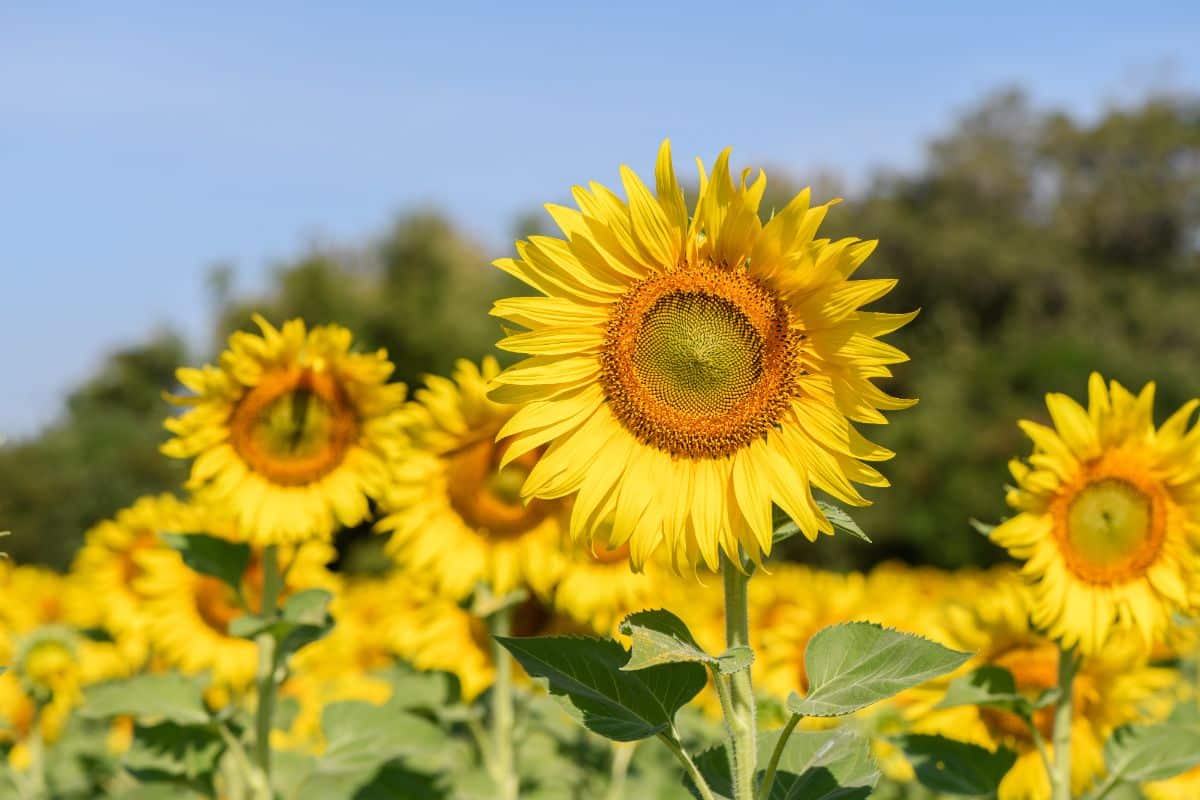
Sunflowers’ large flower heads are highly attractive to pollinators and beneficial insects, and growing them near cucumbers can increase your cucumber harvest. What’s more, sunflowers have tall and sturdy stems that can serve as natural trellises for cucumber vines in much the same way as cornstalks. But, as with corn, this natural trellising method works best for small cucumber varieties.
Most sunflowers grow very tall, and you can find varieties that reach 12’ tall or even higher! While cucumbers can benefit from the added shade from sunflowers, if you’re worried about sunflowers casting too many shadows on your garden, you can try growing dwarf sunflower varieties instead. These pint-sized flowers offer all of the benefits of regular sunflowers, but they max out at around 1 to 2’ tall!
Frequently asked questions
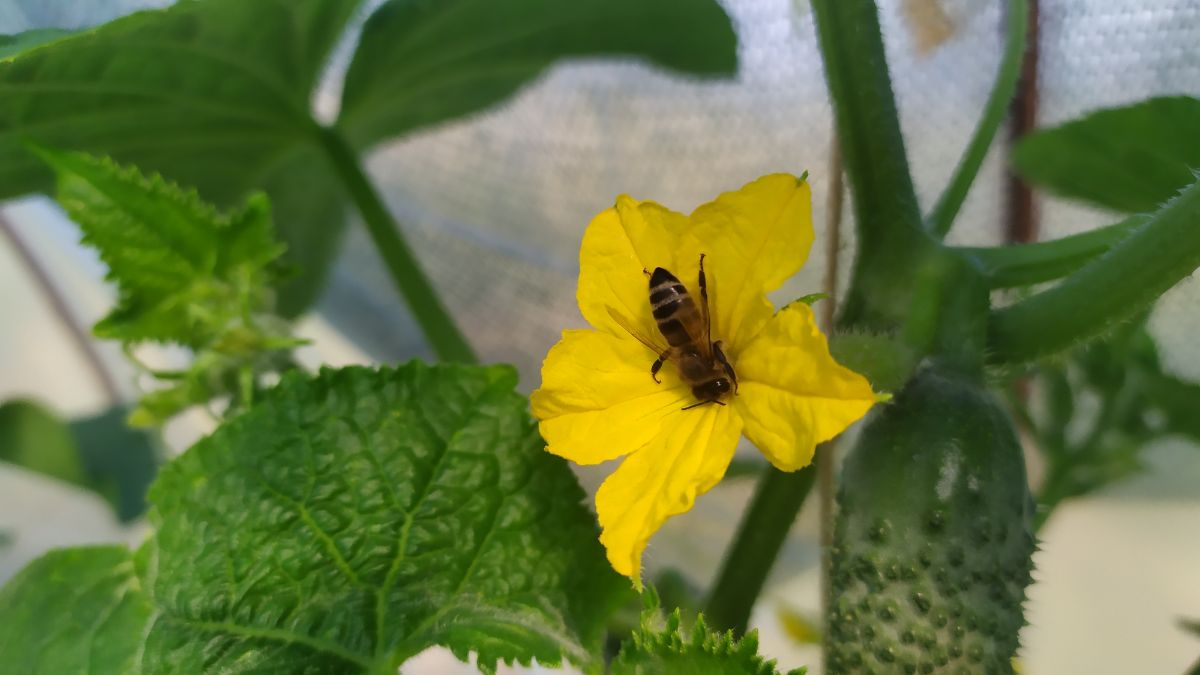
Other members of the cucurbit family, such as zucchini and melons, are not good companion plants for cucumbers because they attract the same pests. Growing these plants together can make it a lot easier for pests and diseases to spread throughout your garden. Additionally, heavy-feeding potatoes shouldn’t be grown near cucumbers because they can be too competitive, and fennel is not a good companion plant for most vegetables as it can stunt the growth of nearby plants.
Cucumbers and tomatoes can be grown together, but it’s not the best companion plant choice. Both cucumbers and tomatoes are heavy feeders, so they will need extra fertilizer to grow properly. These plants are also vulnerable to some of the same diseases, which can increase the likelihood that plant issues may spread in your garden.
No, cucumbers and zucchini are not recommended as companion plants. Both of these plants belong to the Cucurbit family, and they are very closely related. These plants are also both susceptible to many of the same pests and diseases.
You can grow squash near cucumbers, but since both of these plants belong to the Cucurbit family, they can be vulnerable to the same pests. If you want, you can use this to your advantage by employing certain squash plants as “trap crops.” Blue Hubbard squash, in particular, is often used as a trap crop, and it can lure squash bugs and squash vine borers away from your cucumber vines.
Bush or determinate cucumbers grow quite compactly, and they rarely need trellising; however, vining or indeterminate cucumbers typically do benefit from extra support. What type of trellises you use with your cucumbers will depend upon your available growing space, but cattle panel trellises and trellis netting are two common options that are quite affordable too.
The best way to increase the amount of cucumbers your garden produces is to ensure that pollinators are finding your plants. Planting flowering companion plants, such as chives, borage, and nasturtium, near your cucumbers can increase pollination rates and boost your harvest. Beyond that, provide cucumbers with plenty of sun, moisture, and fertilizer, and you should be able to grow an impressive harvest from just a few cucumber plants.
Summary
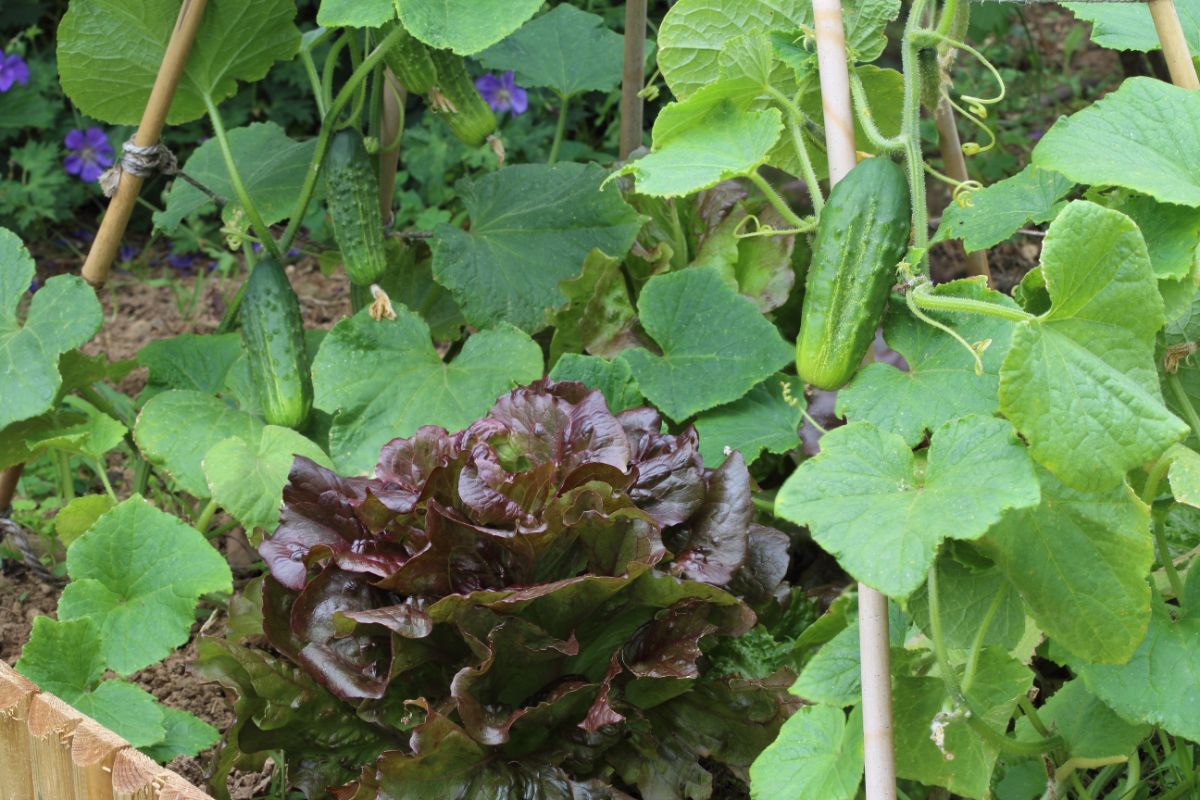
Cucumbers are just one variety of vegetables that can benefit from companion planting, but most other vegetables, herbs, and flowers have at least one solid companion plant that can boost their growth or offer other benefits. Companion planting is often used in organic gardens for pest control, but it can be combined with conventional growing methods and gardens of all types, including container gardens!
If you’d like to learn more about companion planting, check out our guide on the best companion plants for tomatoes right here.


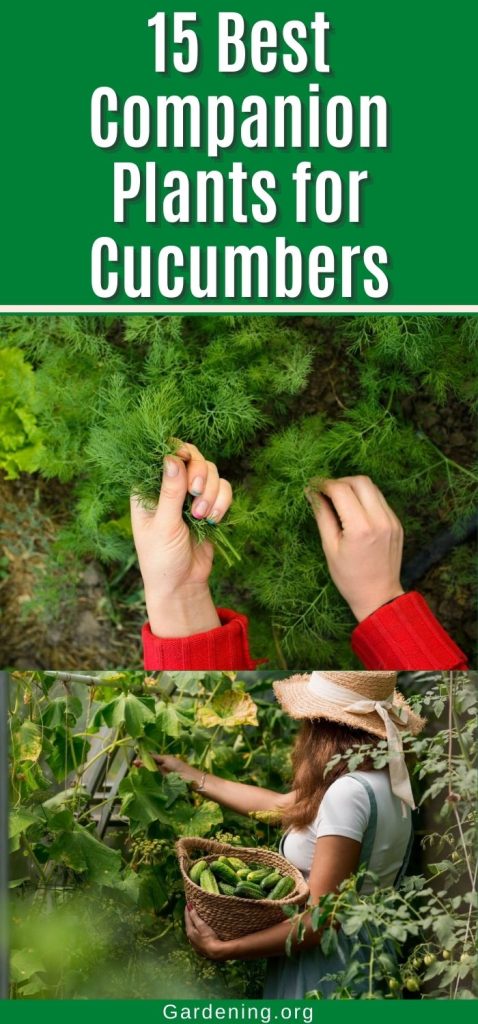
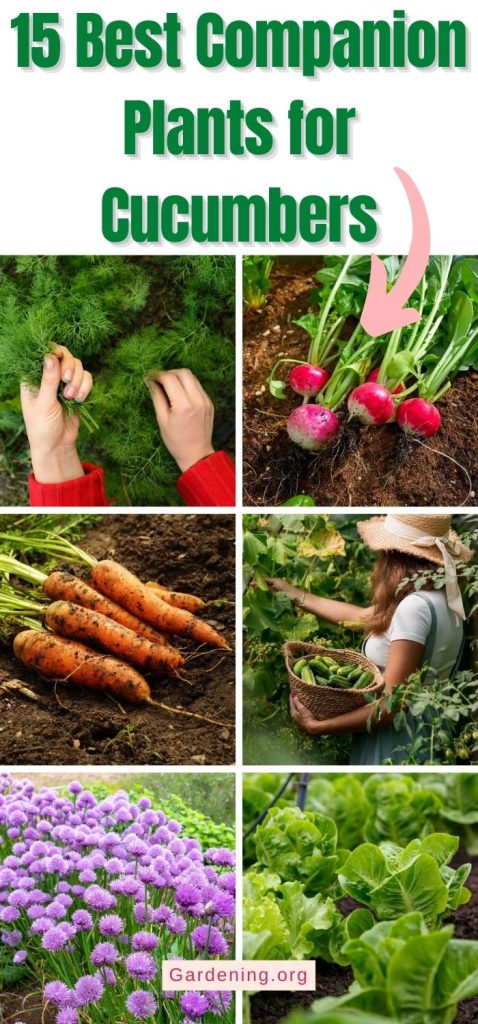
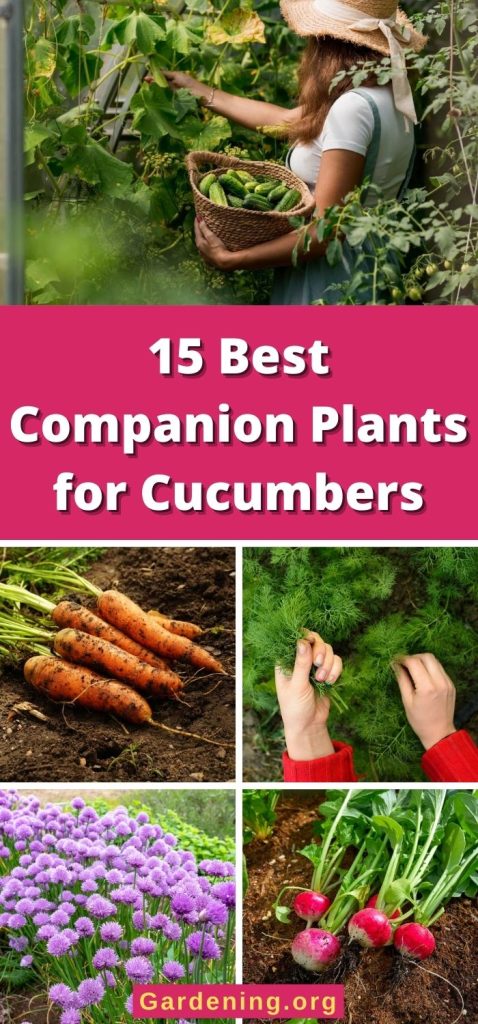
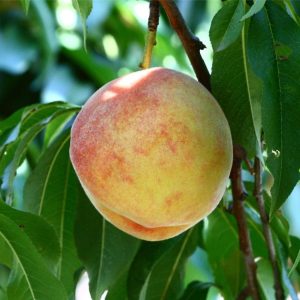
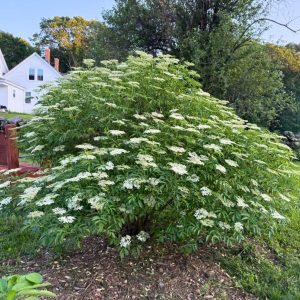
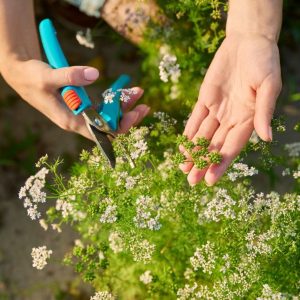
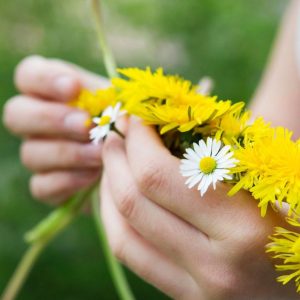
Leave a Reply